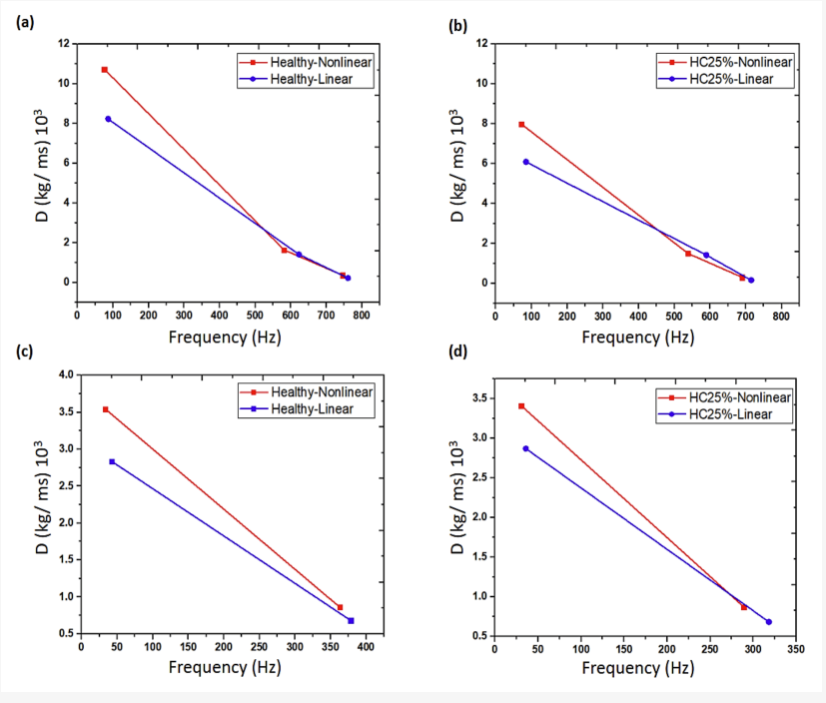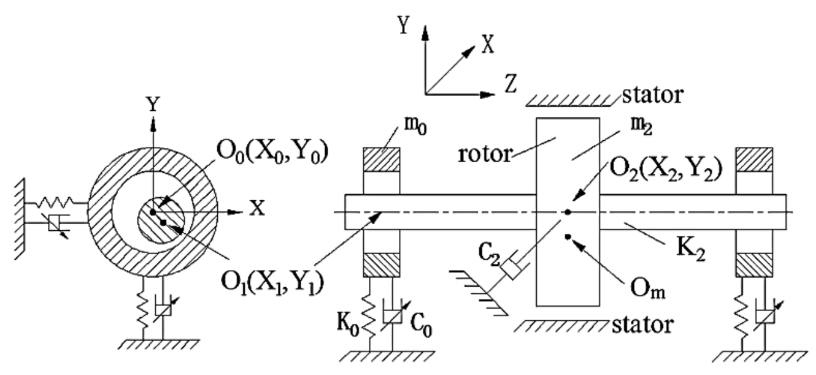A Critical Review of Nonlinear Damping Identification in Structural Dynamics: Methods, Applications, and Challenges
In recent decades, nonlinear damping identification (NDI) in structural dynamics has attracted wide research interests and intensive studies. Different NDI strategies, from conventional to more advanced, have been developed for a variety of structural types. With apparent advantages over classical linear methods, these strategies are able to quantify the nonlinear damping characteristics, providing powerful tools for the analysis and design of complex engineering structures. Since the current trend in many applications tends to more advanced and sophisticated applications, it is of great necessity to work on developing these methods to keep pace with this progress. Moreover, NDI can provide an effective and promising tool for structural damage detection purposes, where the changes in the dynamic features of structures can be correlated with damage levels. This review paper provides an overview of NDI methods by explaining the fundamental challenges and potentials of these methods based on the available literature. Furthermore, this research offers a comprehensive survey of different applications and future research trends of NDI. For potential development and application work for nonlinear damping methods, the anticipated results and recommendations of the current paper can assist researchers and developers worldwide to find out the gaps and unsolved issues in the field of NDI.

Figure 1. Identified effective damping coefficients for linear and nonlinear areas, for the intact and damaged bonds (a,b) with bending modes, (c,d) with shear modes

Figure 2. The magnetorheological (MR) fluid damper: (a) Hardware structure, (b) working principle

Figure 3. Nonlinear damping suspension in a flexible rotor in journal bearings
DOI: 10.3390/s20247303